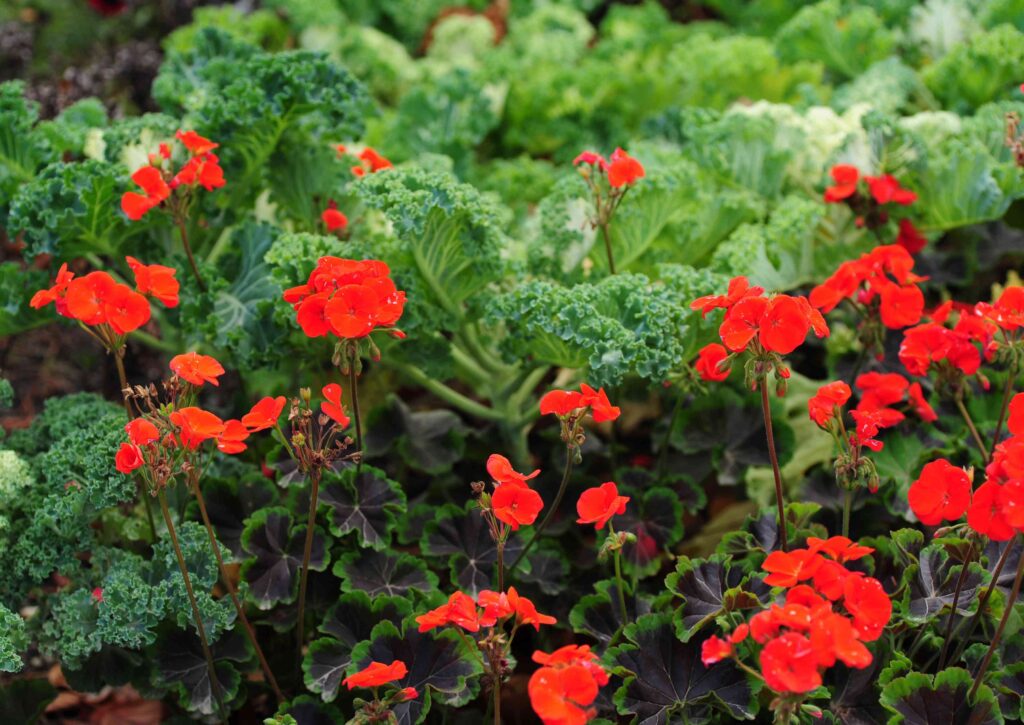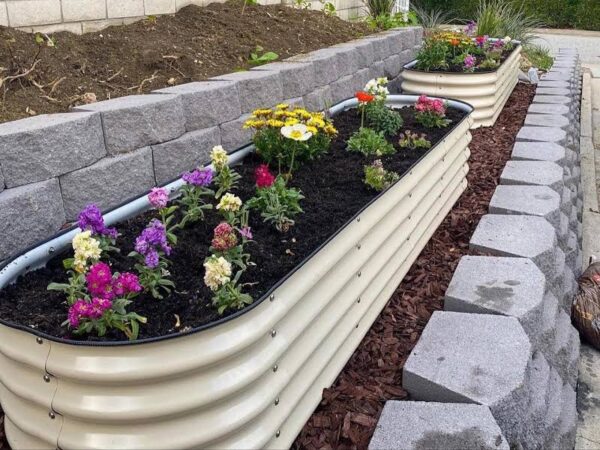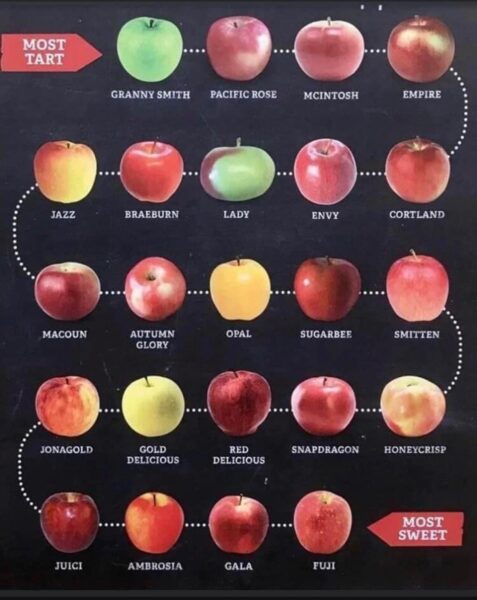Selecting plants that are well-suited to your climate is crucial for their long-term health and success in your garden. Here are some essential tips to help you choose plants that will thrive in your specific climate:

1. Know Your Hardiness Zone
Start by identifying your hardiness zone. The United States Department of Agriculture (USDA) has divided the country into several hardiness zones based on average annual minimum temperatures. Determine which zone you belong to, as it will provide valuable information about the types of plants that can withstand your local climate conditions.
2. Research Plant Hardiness
Once you know your hardiness zone, research the hardiness ratings of different plants. Most plants come with a recommended hardiness zone range, indicating the minimum temperatures they can tolerate. Choose plants that are rated for your specific zone or have a slightly lower rating to ensure they can withstand the lowest temperatures in your area.
3. Consider Temperature Extremes
While knowing your hardiness zone is important, it’s also essential to consider the temperature extremes in your area. Take note of any unusually hot summers or severe winter freezes that occur in your region. Look for plants that can handle the temperature fluctuations and extremes specific to your climate.
4. Evaluate Sunlight Conditions
Understand the sunlight patterns in your garden. Observe how much direct sunlight different areas receive throughout the day. Some plants thrive in full sun, while others prefer partial shade or full shade. Match the sunlight requirements of plants with the available sunlight in your garden to ensure they receive the appropriate light levels for optimal growth.
5. Assess Rainfall and Water Needs
Consider the average rainfall patterns in your area. If you live in a region with consistent rainfall, you can choose plants that have moderate to high water needs. However, if you reside in an area with limited rainfall or frequent droughts, opt for plants that are drought-tolerant and require less water to thrive.
6. Soil Type and Drainage
Evaluate your soil type and drainage. Some plants prefer well-draining soil, while others can tolerate heavier or clay soils. Determine the soil type in your garden and choose plants that are suited to those conditions. If necessary, amend the soil with organic matter or other additives to improve its texture and drainage.
7. Consider Native and Local Plants
Native and local plants are adapted to your specific climate and environmental conditions. They have already acclimated to the temperature, rainfall, and soil conditions in your area, making them more likely to thrive. Consider incorporating native plants into your garden, as they require less maintenance and provide valuable habitat for local wildlife.
8. Seek Expert Advice
If you’re unsure about which plants will thrive in your climate, consult with local garden centers, nurseries, or horticultural experts in your area. They have firsthand knowledge and experience working with plants in your specific climate and can provide valuable insights and recommendations.
By considering your hardiness zone, temperature extremes, sunlight conditions, rainfall, soil type, and local plant selections, you can make informed decisions when choosing plants for your garden. Remember that gardening is a continuous learning process, and experimenting with different plant varieties can be part of the fun. Enjoy the journey of discovering the perfect plants that will thrive in your climate and bring beauty to your outdoor space. Happy gardening!
As an Amazon Associate we earn from qualifying purchases through some links in our articles.




